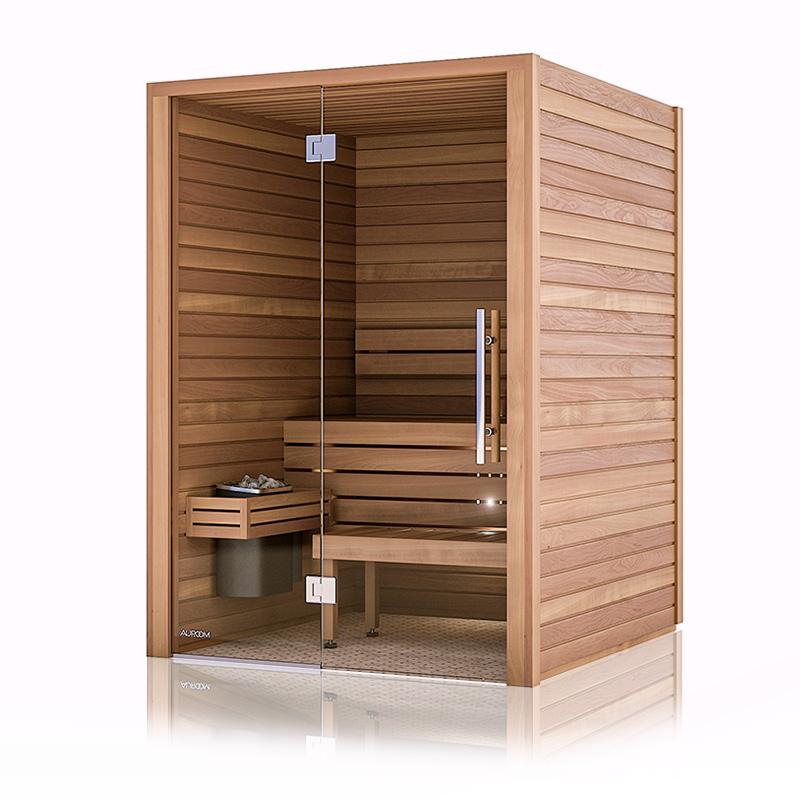Examine This Report about Traditional Sauna
Examine This Report about Traditional Sauna
Blog Article
Fascination About Traditional Sauna
Table of ContentsTraditional Sauna - QuestionsTraditional Sauna for BeginnersThings about Traditional SaunaEverything about Traditional Sauna
The majority of the weight lost in a sauna is water loss and is re-gained upon rehydrating. Without a question sauna can be an important part of a healthy and balanced weight loss program. To look at the differences in between traditional and IR saunas, I will certainly divide these into verifiable, theoretical, and fabricated differences.Thus, the best point in the saunawhich is at the ceiling directly over the sauna heateris commonly in between 185 and 190 F. Traditional Sauna. Claims that a traditional sauna exceeds 200 F is just not true and not appropriate for electric saunas marketed in the United States. The temperature level for a far-infrared sauna is normally established in between 120 and 140 F; nevertheless, unlike the standard sauna, the goal in and IR room is not to achieve a heat
As a result of this, the temperature difference is almost unimportant, because profuse sweating results in both sauna kinds, however the method of heating up the body is different. In an IR sauna the bather will certainly really feel warm and will sweat a lot, but at much reduced temperature levels. Therefore, if the objective is to spend longer time periods in the sauna, the IR sauna is a great option.

Excitement About Traditional Sauna
When the heat is accomplished, the components cycle on and off to preserve the high temperature. A lot of typical sauna users enjoy putting water over the rocks to produce vapor to raise sauna humidity levels. The advantages of pouring water over the rocks include: making the room much more comfortable, dampening the nasal passages, and allowing the usage of aromatherapy by blending crucial oils with the water.
In a far-infrared sauna, the warm front penetrate the body to efficiently heat up the body and elevate the body core temperature level. To achieve this enhanced temperature, Far-infrared emitters create infrared energy which is close to the exact same wavelength as that which the body naturally emitsoften referred to as the "Vital Variety" of 7 to 14 microns), so the power is well gotten by the body.
When the energy enters the body, it causes the body temperature level to boost and eventually results in sweat. In an infrared sauna it is essential for the emitters/heaters to continue to be on virtually continuously. Considering that there is no mass of rocks to maintain warm, the sauna will cool if the emitters shut down.
As discussed over, the sauna bather in an infrared area wants to position himself before operating anonymous emitters to get optimal advantage from the warmth. The home heating time for both areas can be really various, depending upon just how the rooms are utilized. For a typical sauna, a bather must permit 30-40 minutes for the room to achieve a wanted temperature level and to effectively pre-heat the rocks.
Traditional Sauna - Questions
A well built sauna will commonly attain a temperature of 150-160 F in regarding 30-40 minutes. For hotter temperature levels, the room may require to heat for a longer duration.
To some, 15 mins was "thrown away" while the infrared energy warmed the timber panels as opposed to heating a body, while others find a pre-heated area to be extra comfortable and believe an elevated beginning temperature level is necessary to begin perspiring. The size of recommended usage for every room is around the same (10-15 mins per session); however, as a more helpful hints result of the lower air temperature levels and the ability to feel the impacts of infrared heat faster than a typical sauna, it is not unusual for an individual to spend a total amount of 20-30 minutes in an infrared sauna.
Conventional saunas have a tendency to be larger (therefore make use of even more electrical power) than infrared saunas, although typical saunas are absolutely offered in one and 2 person sizes also. For a two-person standard sauna, 5x6 or 5x7 size is most preferred. The leading bench can comfortably seat 2 or three individuals and is likewise long enough to lie down during the sauna session.


The average price per kWH of electrical power in the united state is about $0.11, so a 4.5 kW heating unit will certainly cost roughly $.50 to Read More Here compete one hour, if the heating unit runs continually for one hour. Generally a sauna heating system will certainly run for 75% of the first hour and 50% of subsequent hours on because the aspects cycle once the set temperature level is attained.
Traditional Sauna for Beginners
A 2 person far-infrared area is typically physically smaller sized than a conventional sauna, often about 4' x 4' or smaller. The IR heating unit is commonly 1.5-1.7 kW utilizing a 120 volt 15 amp plug-in solution. Since the space can be used quicker than a sauna area, we will assume the space is used for to of an hour consisting of warm up time.
Lastly, there is a seldom gone over difference in the social experience in between the 2 rooms. While our society has lost some of the social advantage of the typical sauna experience, it can be extremely socially gratifying. From family members time in the sauna, to heart-felt conversations with better halves, to sauna partiesthe traditional sauna experience can lead to intimate interacting socially.
A lot of higher end infrared rooms consist of tinted light treatment, noise systems and full-glass fronts.
Report this page